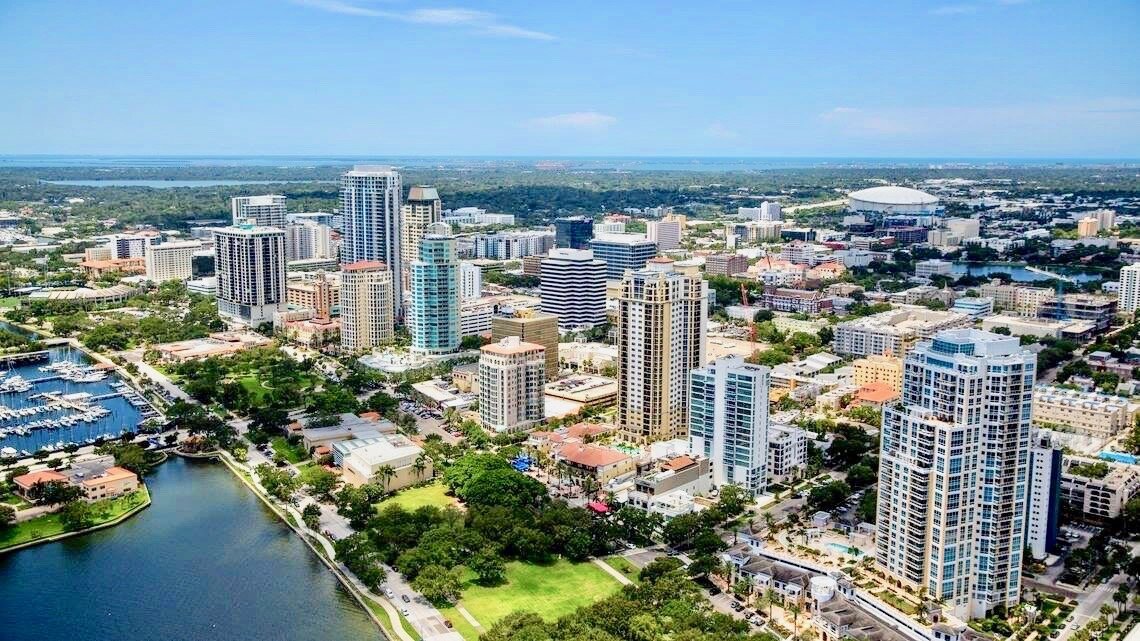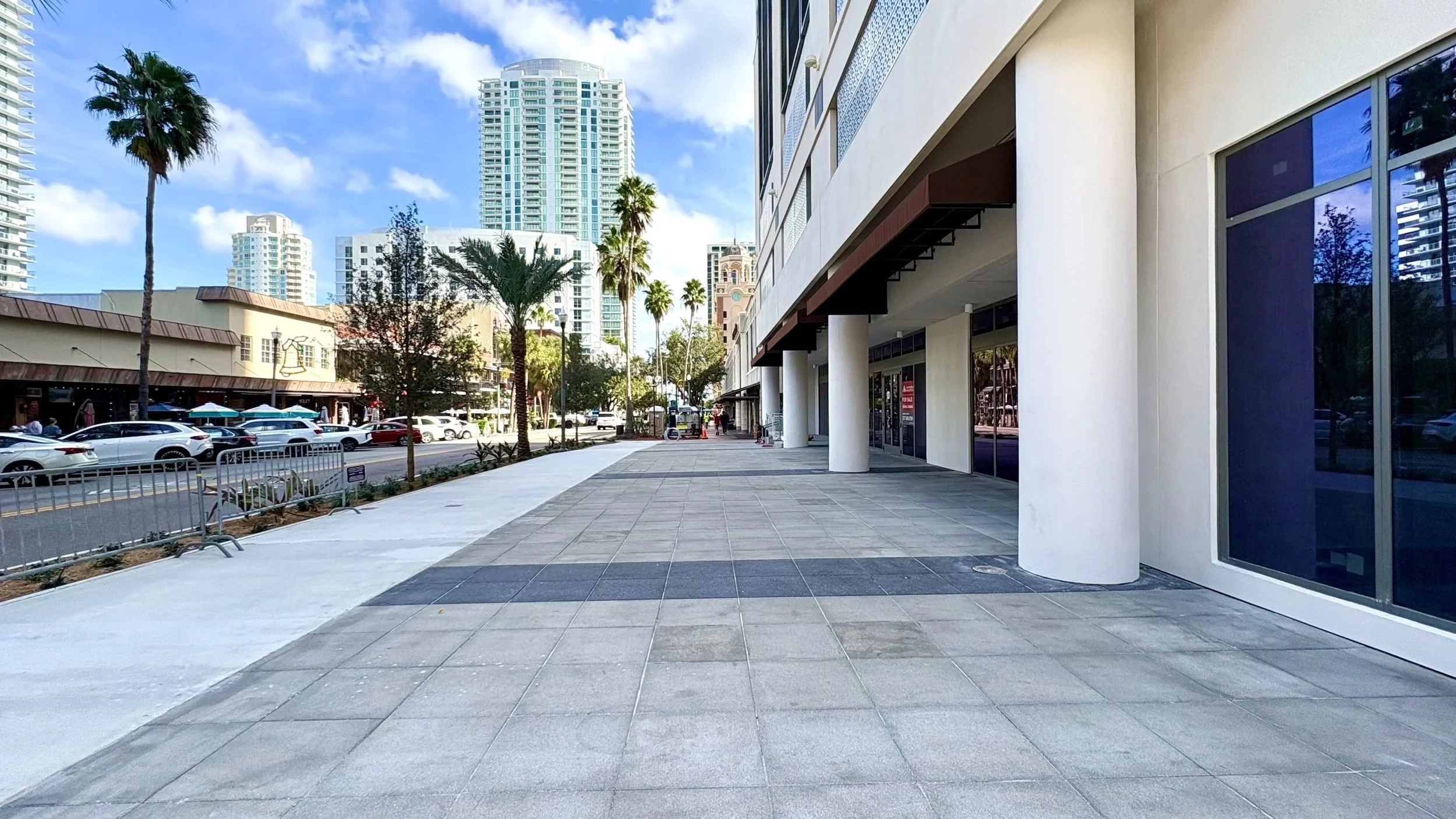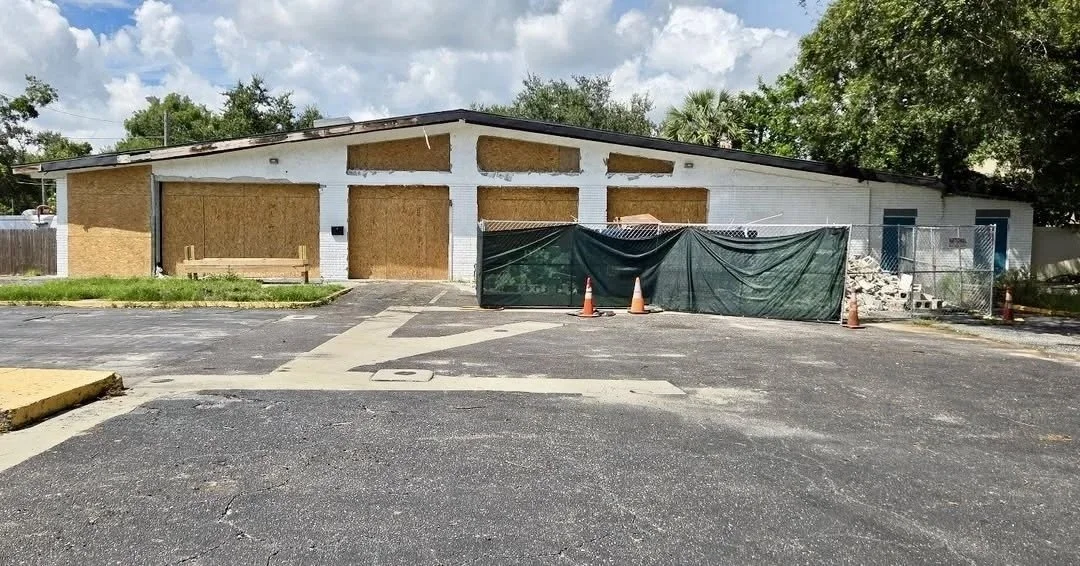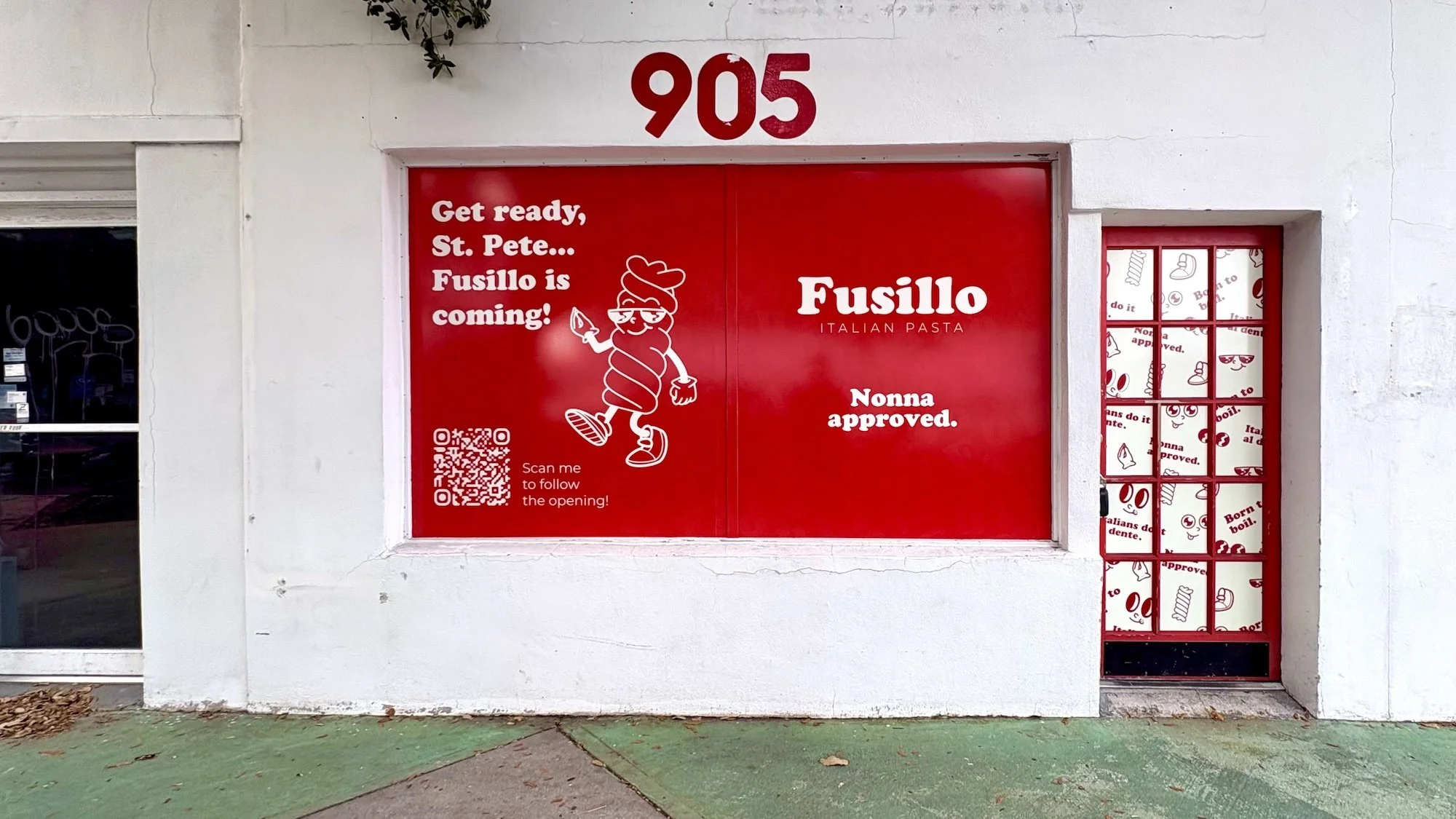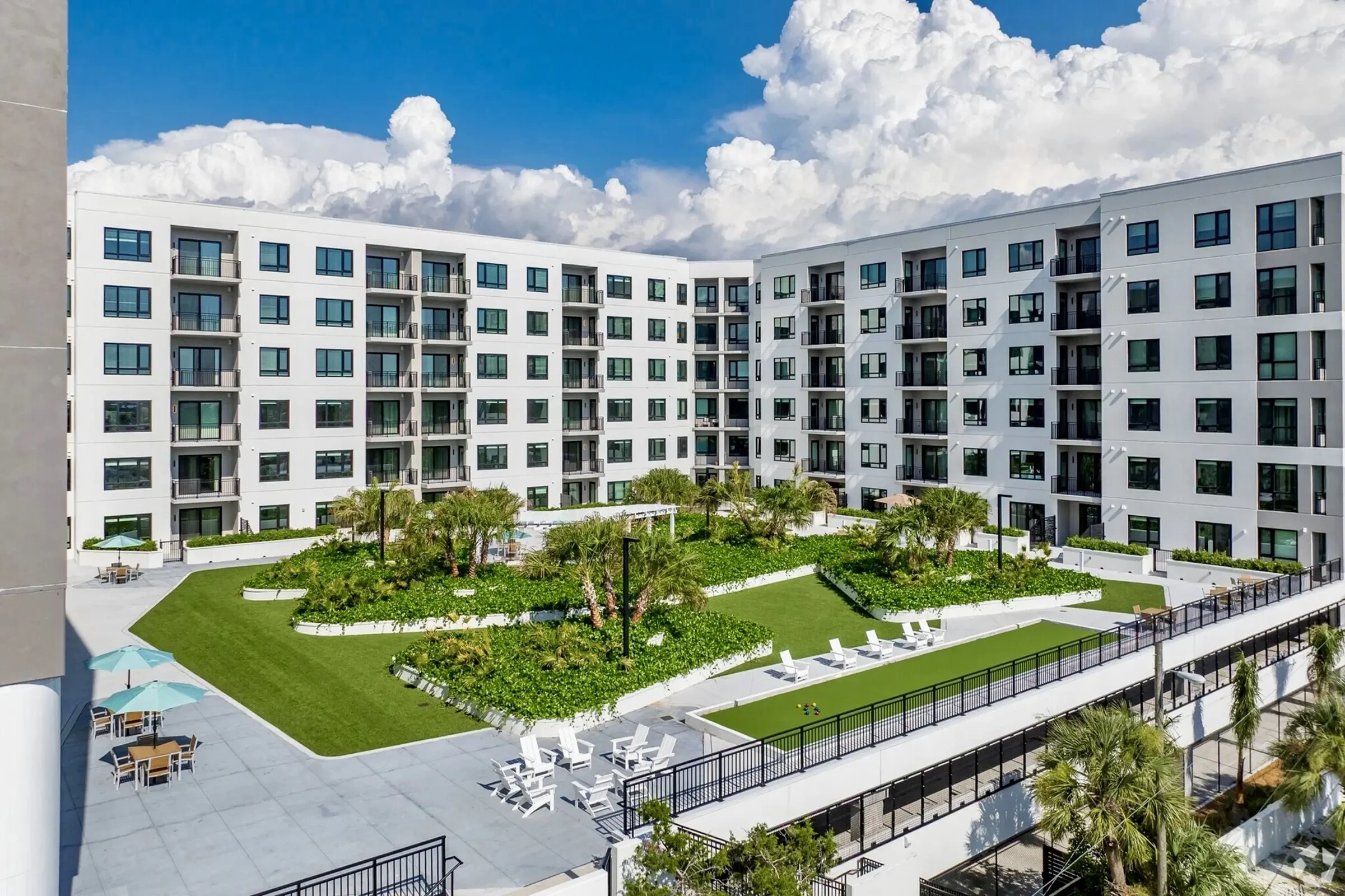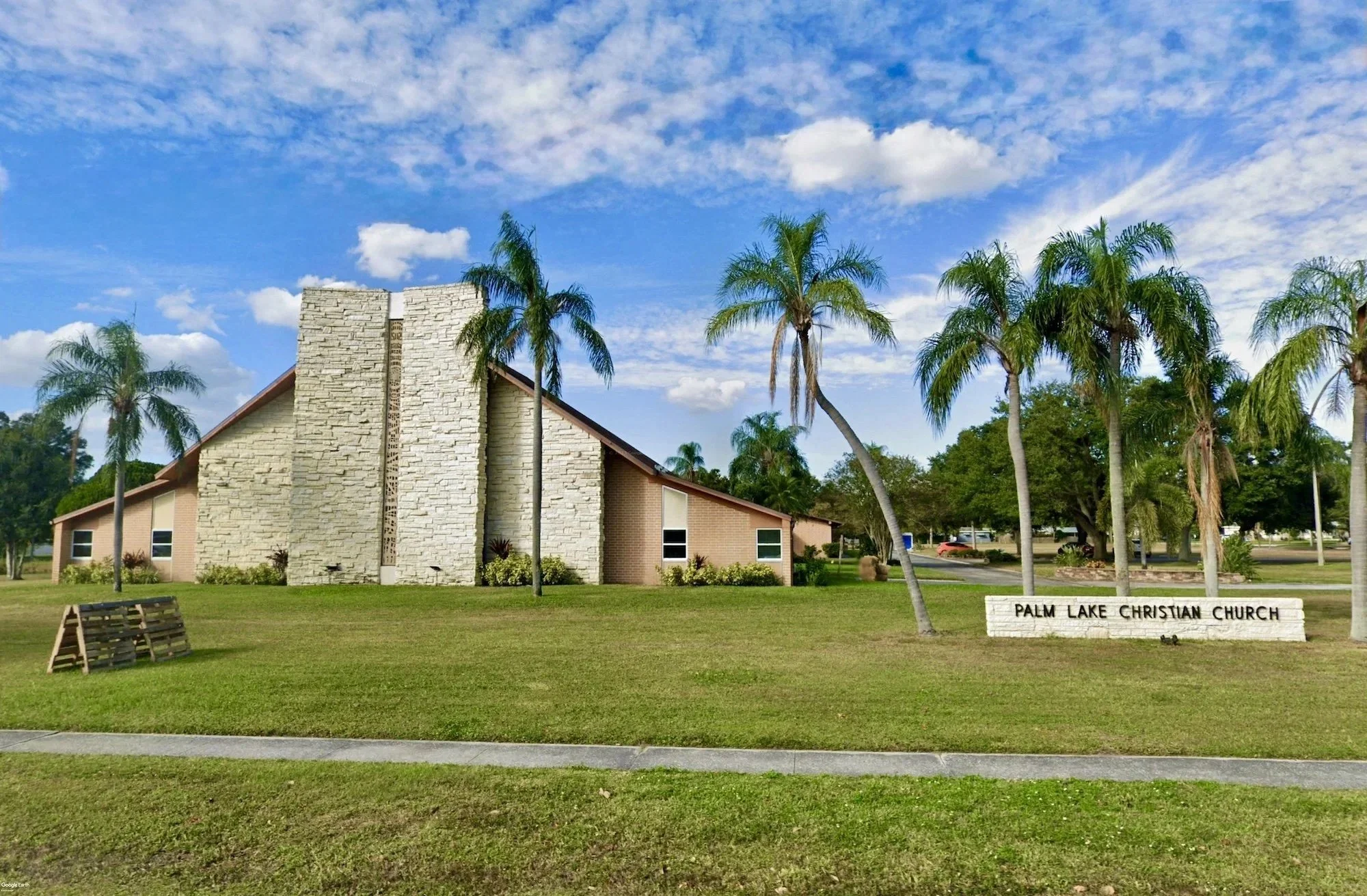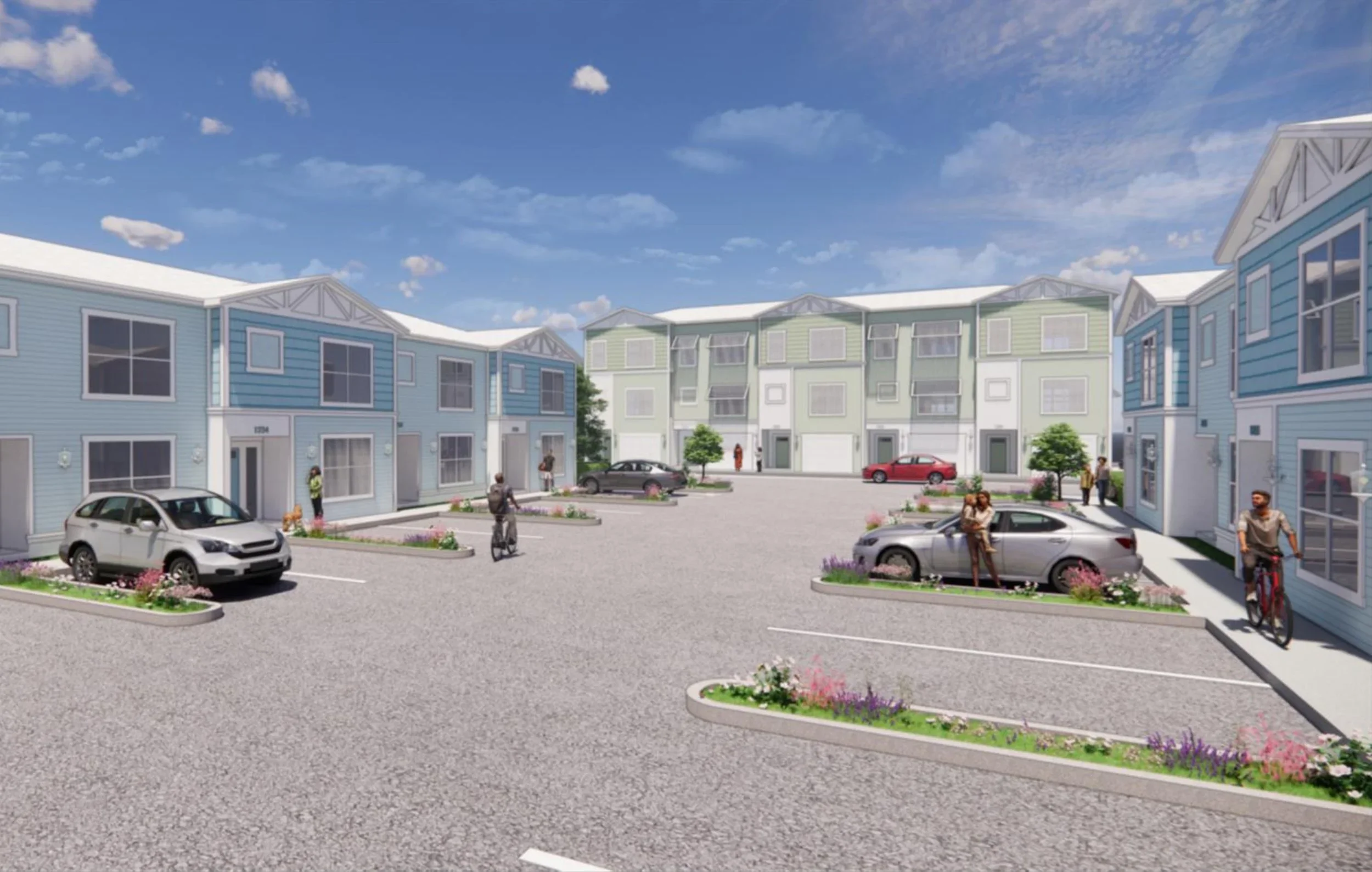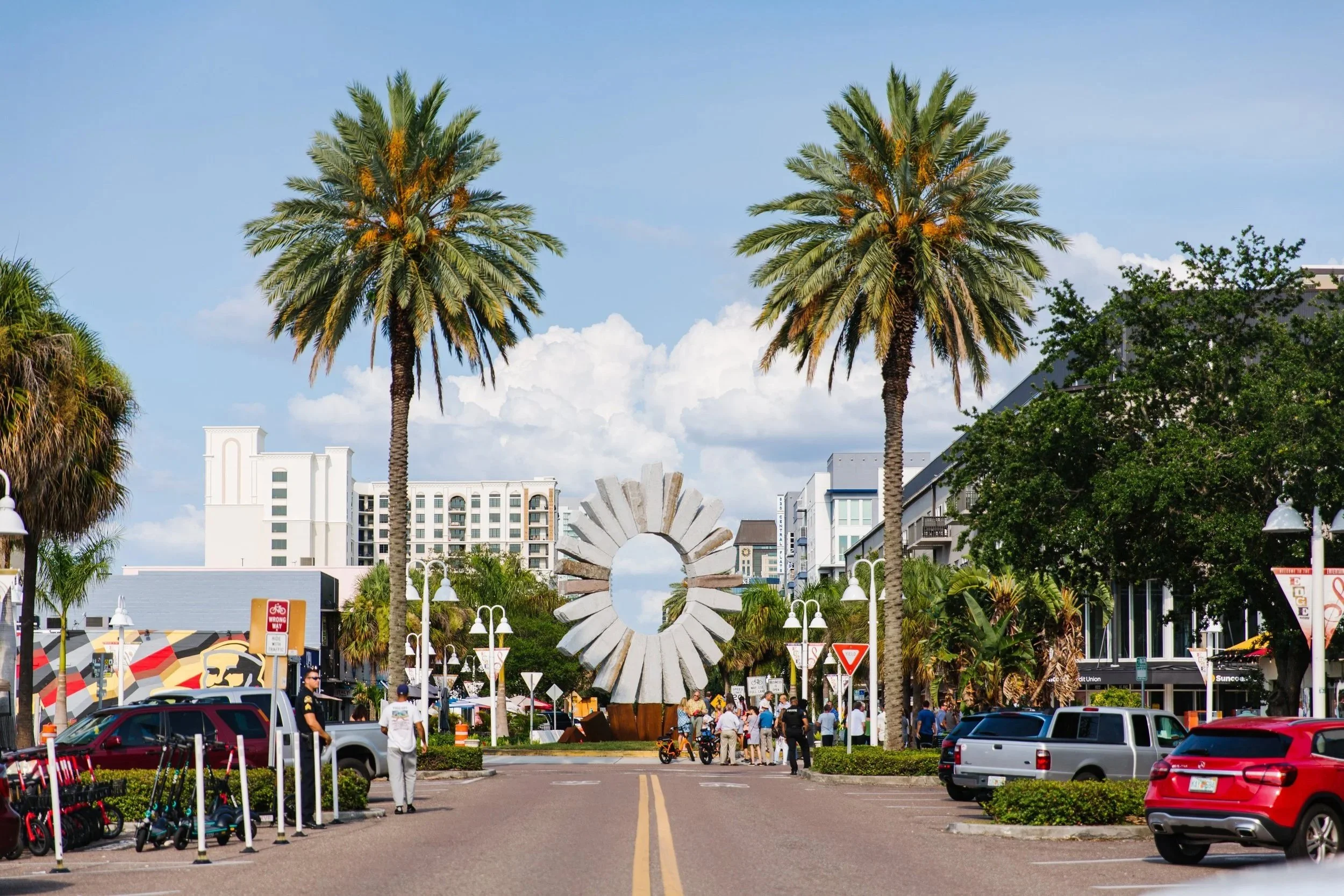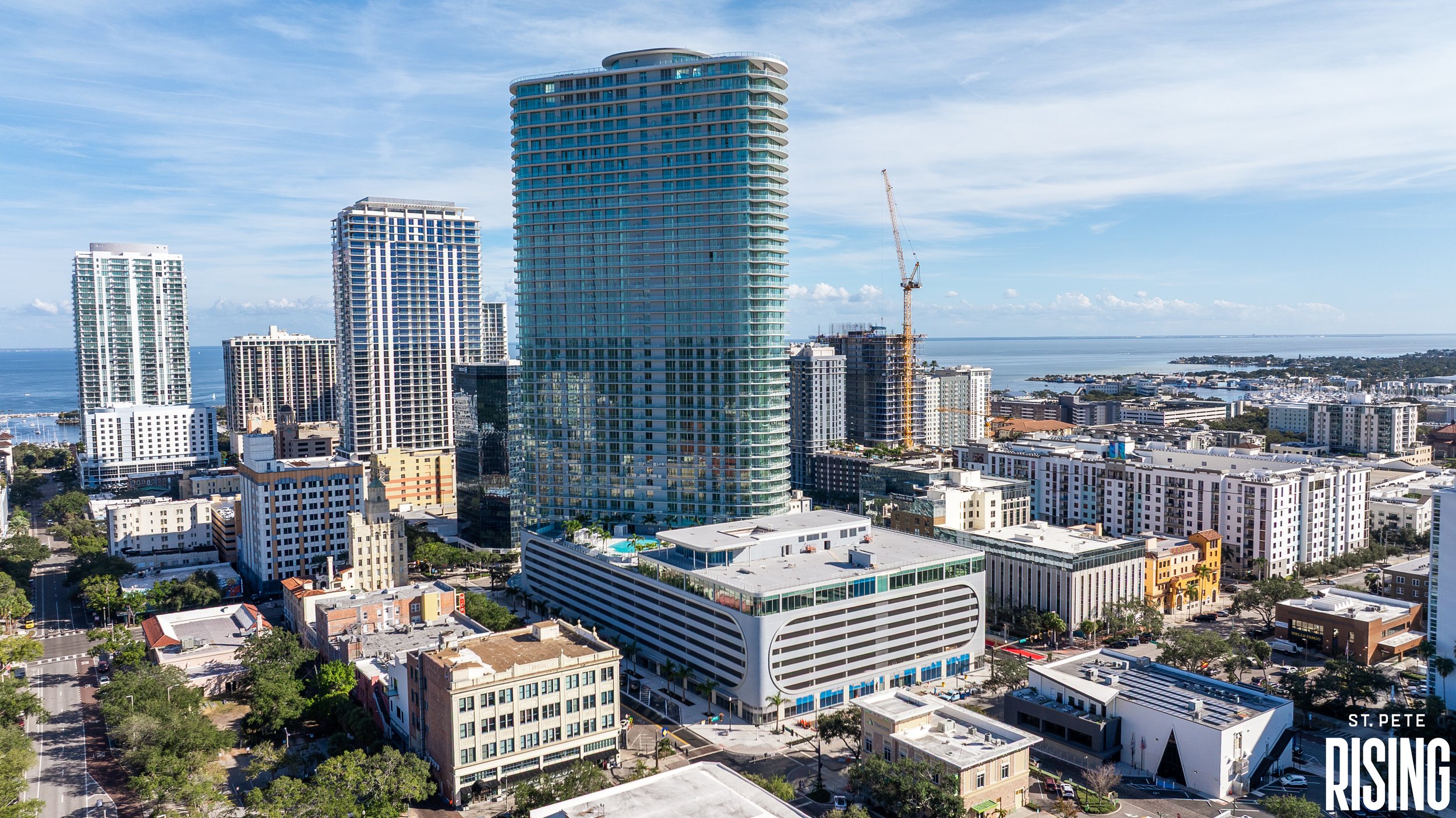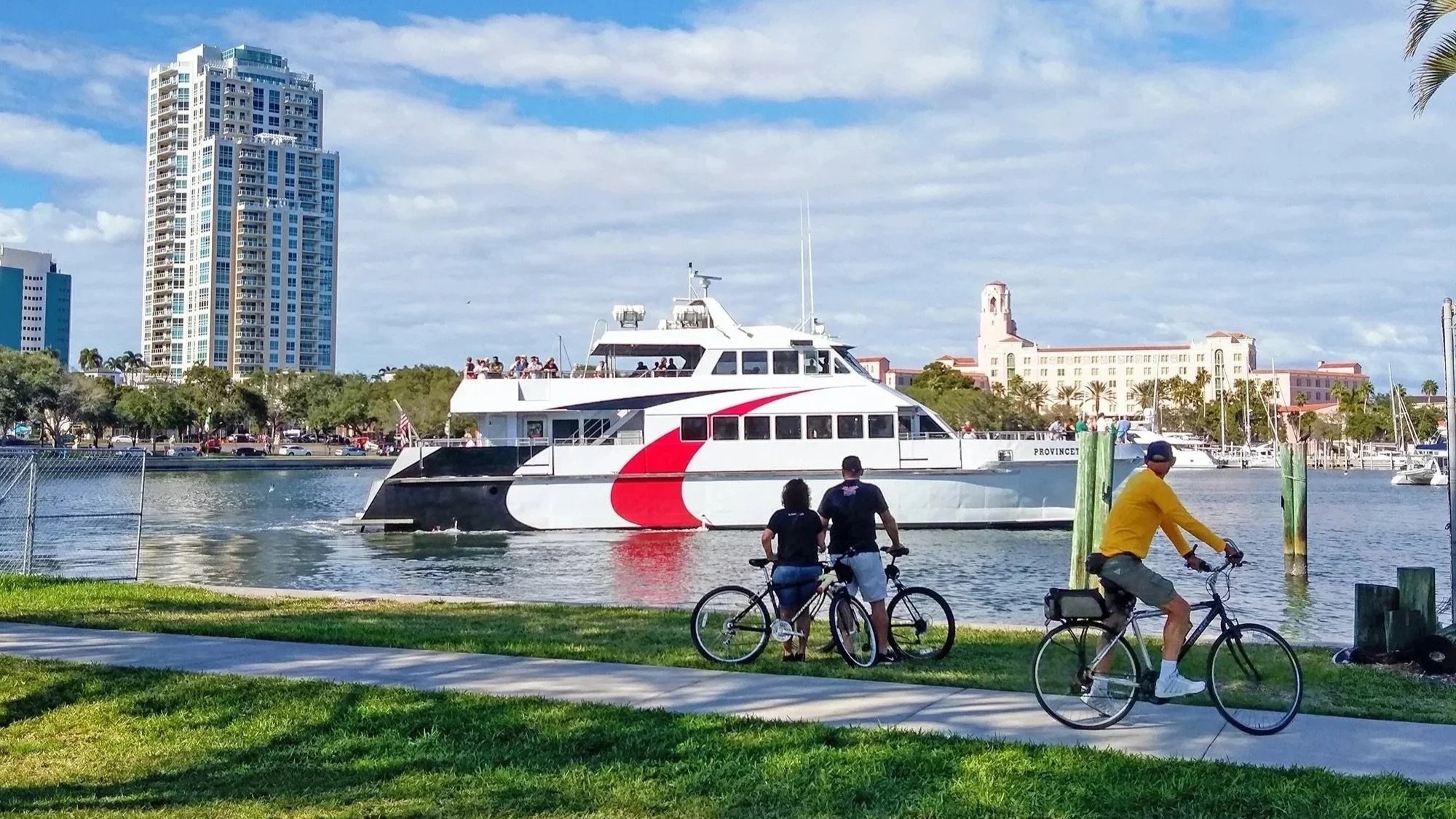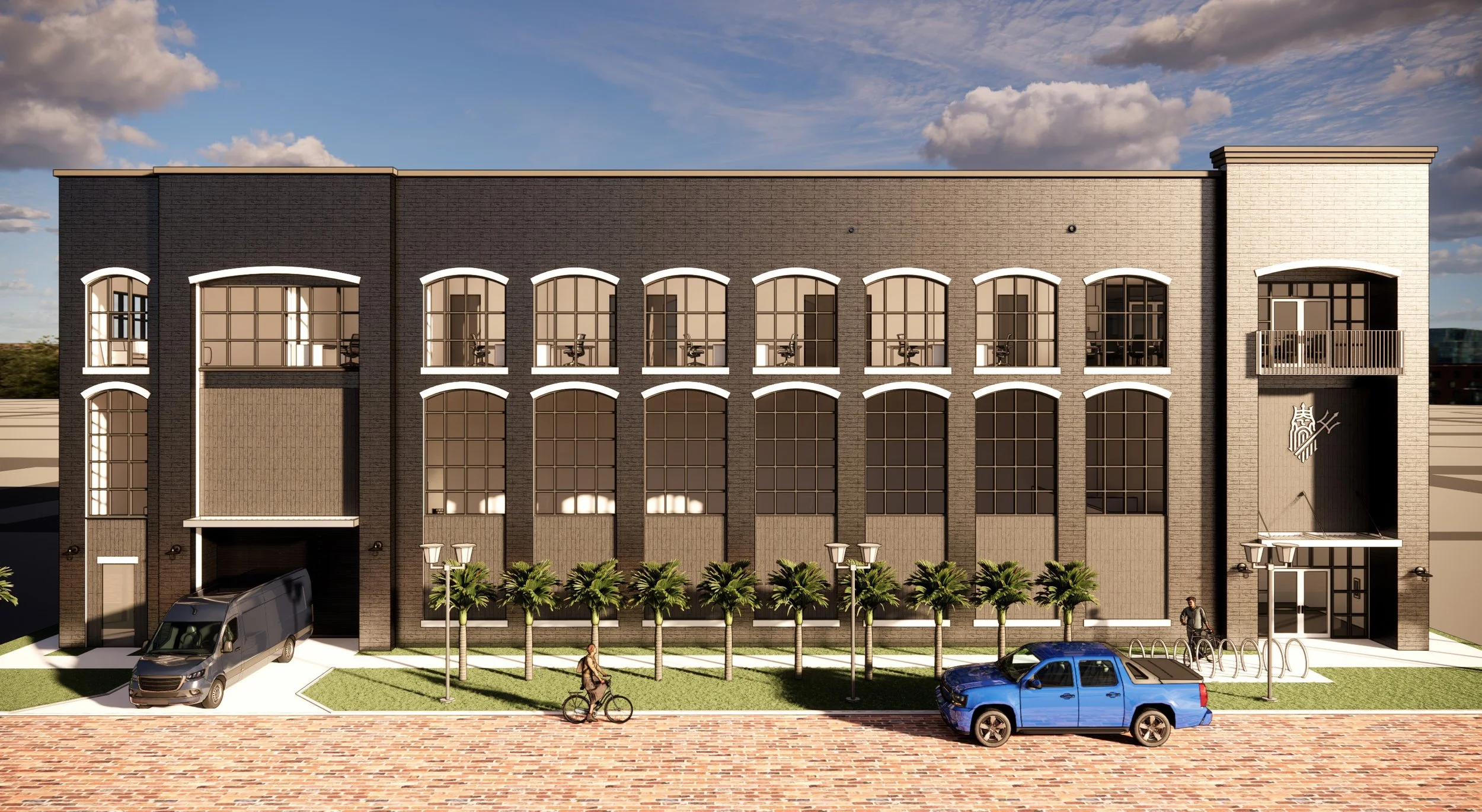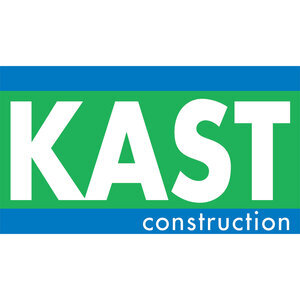Opinion: It’s time to advocate for missing middle zoning
/The opinions expressed in this article are those of the author, Jillian Bandes, Founder of YIMBY St. Pete, a nonpartisan housing advocacy organization, and do not necessarily reflect the opinions or views of St. Pete Rising.
For several years now, YIMBY St. Pete has followed the implementation of NTM-1, a zoning designation that would legalize the construction of two, three, and four-family homes along certain transit corridors.
St. Pete City Staff has started the process of getting approval to apply NTM-1 to the fronts of major corridors. This would affect a small number of parcels – about 3,000.
City Staff set up a somewhat lengthy process to implement NTM-1: it had to be heard at the Development Review Commission (DRC), Community Planning and Preservation Commission (CPPC), and City Council hearings, along with presentations at neighborhood meetings, stakeholder meetings, and general public meetings. Snail mail was also sent to the affected landowners and immediate neighbors.
Despite this lengthy process, we expected the passage of NTM-1 "on the fronts of major corridors only" to move forward somewhat easily.
It was unclear as to why so many entities needed to approve this as other more major zoning changes have not gone through this lengthy process. It seemed like most of our neighbors, and most of our Council members, could get on board with this very limited implementation of NTM-1 which impacts less than 3% of parcels citywide.
Unfortunately, last week NTM-1 suffered a major setback at the Community Planning and Preservation Commission when the Commission voted to recommend curtailing the implementation of NTM-1 in two different ways.
To be clear, curtailing NTM-1 is a recommendation to Council, and Council will make the ultimate decision on what is implemented. But the CPPC is an important committee that many Councilmembers will pay attention to.
The first way the CPPC voted to restrict the implementation of NTM-1 was by only applying it to the fronts of major corridors that had a minimum of four lanes of traffic. This would cut the number of parcels in half that were to be given the NTM-1 designation. Corridors like 1st Avenue North, 1st Avenue South, and parts of Dr. MLK Jr. Street would no longer be eligible for NTM-1 zoning.
The second way the CPPC voted to restrict the implementation of NTM-1 was to exempt historic neighborhoods.
This cutback might only affect 200 parcels, but it's still meaningful because we believe that equitable zoning policies like quadruplexes should be allowed in both richer (historic) and poorer (generally not-historic) neighborhoods.
Designating poorer, not-historic, Blacker neighborhoods for upzoning, while omitting richer, historic, whiter neighborhoods is a straightforward case of misplaced priorities. In addition, historic neighborhoods had mixed zoning prior to the 1960's, so exempting them now is a real slap in the face to equitable housing goals. Older neighborhoods already have a mix of missing middle housing like NTM-1 zoning would allow, making them the most compatible neighborhoods for this change.
We are concerned that City Council may listen to the CPPC and curtail the implementation of NTM-1 in these two ways.
We are encouraging our supporters to attend both City Council meetings to voice their concerns about the CPPC’s recommendation, and maintain the full implementation of NTM-1 to major corridors.
The two council meetings are Thursday, 3/2/23 at 3pm, and Thursday, 3/23/23 at 5pm. If you choose to show up, please arrive to St. Pete City hall 10 minutes early to allow time to sign up to comment.
More informaiton on the NTM-1 map amendment process can be found on the City’s housing initiatives website.
Jillian Bandes manages commercial construction projects for healthcare, retail, multifamily and municipal clients at Bandes Construction. Jillian is also the founder of Yes in my Backyard (YIMBY) St. Pete, a nonpartisan coalition of zoning and regulatory reform advocates dedicated to making housing affordable for all Pinellas County families. She lives in St. Petersburg and dedicates her free time to affordable housing and transportation policy.

